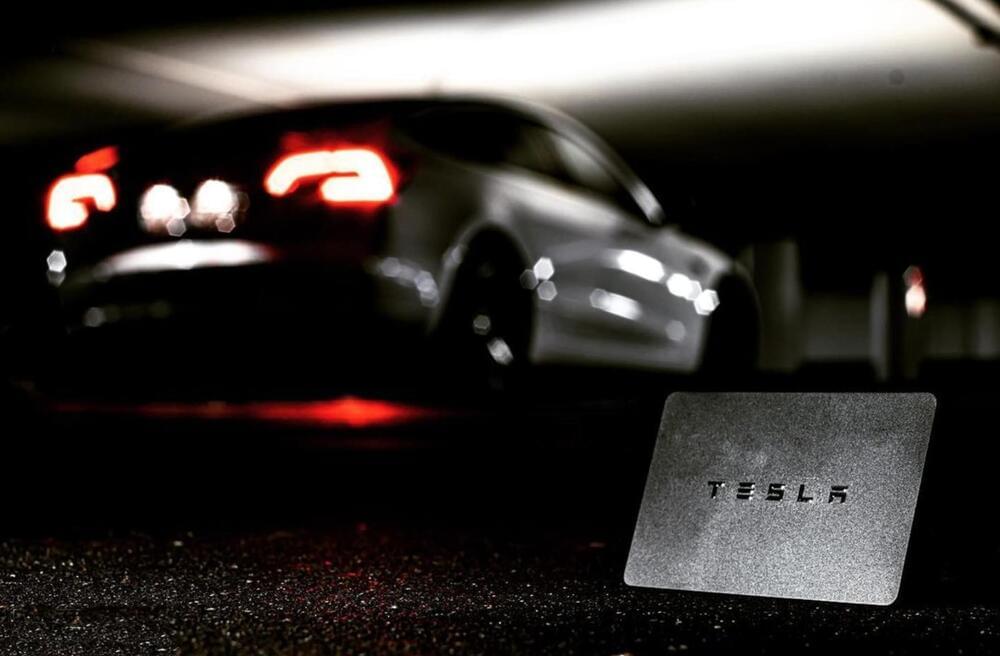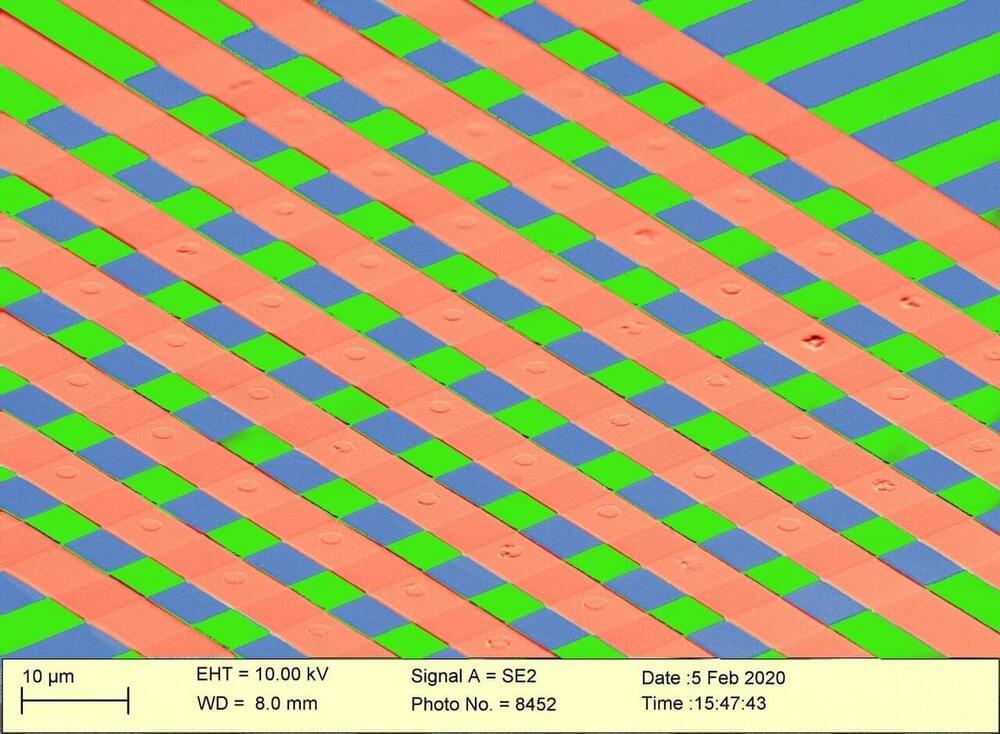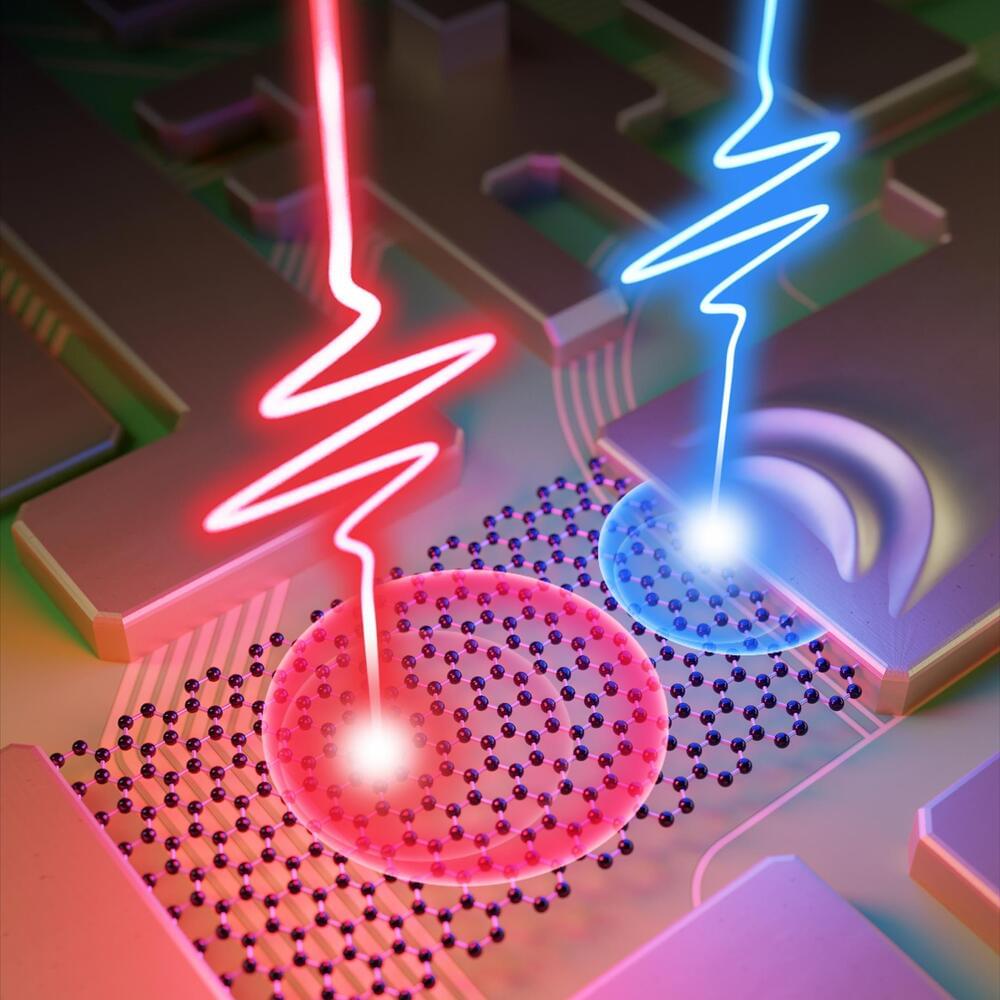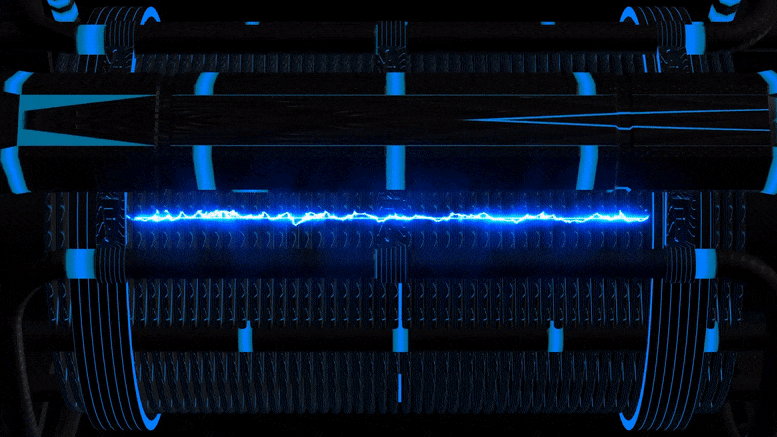A system for trapping sunlight as thermal energy within molecules and then converting it to electricity could be a portable replacement for batteries.


Researchers at Trend Micro identified a set of mobile apps available on the Google Play Store performing malicious tasks in the background, including stealing user credentials and banking details from Android users. Some of these apps have nearly 100,000 downloads, so the scope of the problem is considerable.
In total, the analysis revealed the detection of 200 malicious applications that hide code from dangerous malware variants, capable of putting users of the affected devices in serious trouble.
One of the main threats identified is Facestealer, a spyware variant capable of stealing Facebook access credentials, allowing subsequent phishing campaigns, social engineering, and invasive advertising. Facestealer is constantly updated and there are multiple versions, making it easy for them to get into the Play Store.
The concept of Transhumanism has been around for a long time, but it actually looks like it’s starting to happen. In today’s video, we will look at how humans are already merging with machines and what will come next. IPhone wireless charging cases — https://amzn.to/3bz0oRg.
IPhone Backup — https://amzn.to/3w8Usbj.
Wireless Earbuds — https://amzn.to/2ZTjwau.
IPhone Bargains — https://amzn.to/3jXvCGb**** Gears and Equipment we use****
1. Fully Automatic Espresso Machine — https://amzn.to/3bdHcbr.
2. Perfect Desk Chair — https://amzn.to/2ZlMNd2
3. Wireless Mechanical Keyboard — https://amzn.to/3pA71Lw.
4. Wireless DTS Headphone — https://amzn.to/3juz2Qv.
5. Vocal Microphone — https://amzn.to/2XEDsN4
6. UltraWide Monitor — https://amzn.to/3jyteWg**** Free Handy Tools YOU must try ****Tubebuddy – https://bit.ly/3y0SOc6
In-depth channel/video analysis, SEO statistics, Channel optimizationHere at Future Now we aim to bring you the most informative, fascinating and engaging Technology videos on YouTube.🔔 Subscribe To Our Channel: https://bit.ly/3nRoVH8
Copyright Disclaimer:
Under section 107 of the Copyright Act 1976, allowance is made for “fair use” for purposes such as criticism, comment, news reporting, teaching, scholarship, education and research. Fair use is a use permitted by copyright statute that might otherwise be infringing. Non-profit, educational or personal use tips the balance in favor of fair use. *DISCLOSURE*
We are affiliated, but not sponsored by any product featured in this video.
Some links in the description are affiliate links to products, which means if you click on them and buy the product, we will receive a small commission.
Not being sponsored allows us to keep our own opinions and provide product reviews without bias. From the millions of products, we appreciate your support.#Exoskeleton #Cyborg #Transhumanism

Teslas are among the most susceptible vehicles to be hacked due to their Bluetooth locks, cybersecurity firm NCC Group said. The cars can be remotely unlocked and controlled by hackers that can exploit a vulnerability in the Bluetooth system’s security, the group said.
NCC Group researcher Sultan Qasim Khan was shown in a video opening, then driving a Tesla using a small relay device attached to a laptop. The device bridged a large gap between the Tesla and the Tesla owner’s phone, Reuters said.
“This proves that any product relying on a trusted BLE connection is vulnerable to attacks even from the other side of the world,” NCC said in a statement. BLE means Bluetooth Low Energy, and is a technology utilized in vehicles and Bluetooth locks that will automatically unlock or unlatch when an authorized device is nearby. While it is a convenience feature, it is not immune to attacks, which was the point of NCC’s experiment.

A research group from Politecnico di Milano has developed a new computing circuit that can execute advanced operations, typical of neural networks for artificial intelligence, in one single operation.
The circuit performance in terms of speed and energy consumption paves the way for a new generation of artificial intelligence computing accelerators that are more energy efficient and more sustainable on a global scale. The study has been recently published in the prestigious Science Advances.
Recognizing a face or an object, or correctly interpreting a word or a musical tune are operations that are today possible on the most common electronic gadgets, such as smartphones and tablets, thanks to artificial intelligence. For this to happen, complicated neural networks needs to be appropriately trained, which is so energetically demanding that, according to some studies, the carbon footprint that derives from the training of a complex neural network can equal the emission of 5 cars throughout their whole life cycle.

Simulating complex scientific models on the computer or processing large volumes of data such as editing video material takes considerable computing power and time. Researchers from the Chair of Laser Physics at Friedrich-Alexander-Universität Erlangen-Nürnberg (FAU) and a team from the University of Rochester in New York have demonstrated how the speed of fundamental computing operations could be increased in the future to up to a million times faster using laser pulses. Their findings were published on May 11, 2022, in the journal Nature.
The computing speed of today’s computer and smartphone processors is given by field-effect transistors. In the competition to produce faster devices, the size of these transistors is constantly decreased to fit as many together as possible onto chips. Modern computers already operate at the breathtaking speed of several gigahertz, which translates to several billion computing operations per second. The latest transistors measure only 5 nanometers (0.000005 millimeters) in size, the equivalent of not much more than a few atoms. There are limits to how far chip manufacturers can go and at a certain point, it won’t be possible to make transistors any smaller.
Physicists are working hard to control electronics with light waves. The oscillation of a light wave takes approximately one femtosecond, which is one-millionth of one billionth of a second. Controlling electrical signals with light could make the computers of the future over a million times faster, which is the aim of petahertz signal processing or light wave electronics.
A “forever battery” is much smaller and more energy-dense than lithium-ion. They’ll change the world and unlock a trillion-dollar revolution.
In this week’s episode, Aaron and I discuss what could be the “holy grail” of energy: the solid-state — or forever battery. Obviously, lithium-ion cells are the status quo of today. And they power pretty much everything, like your smartphone, laptop and electric vehicle.
However, since they comprise liquids and can only be compressed so much, they aren’t the most energy-dense. And we see this limitation all around us. It’s why that EV in your parking space can’t drive long ranges or recharge very fast. And it’s why that smartphone in your pocket will run out of juice by the end of the day.
The truth about the EV Revolution that’s got everyone hyped is that it won’t boom until we make better batteries. Enter solid-state battery technology — much smaller, more effective and energy-dense than its liquid-state counterparts. This “forever battery,” as insiders have dubbed it, will fundamentally alter the way things work in society. And it’ll unlock a potentially multi-trillion-dollar revolution in the process.

Canadian company Aurea has developed a portable wind turbine that fits in your backpack. Called Shine, it weighs just three pounds, it’s about the size of a water bottle, and it can charge any USB device, or up to four phones (though not at the same time). The turbine is shaped a bit like a mini Zeppelin. It features three gently curved blades that fold out like flower petals and a collapsible tripod that is stored inside. The product launched on Kickstarter last year and on Indigogo last week. It has raised over $270,000 so far and will be shipping in a matter of months–just in time for camping season.
Humans have been harnessing the wind for centuries, but it has always required massive infrastructure, be it windmills or wind turbines. In recent years, engineers and designers alike have taken it upon themselves to reinvent the technology by playing with scale and form (think wind turbines integrated into walls or giant grids made of tiny turbines). But Aurea’s founders had a different goal in mind: Make wind power portable.
Shine can be used during a blackout at home, and serve anyone who needs access to energy while not attached to the grid. But its most likely users are going to be campers, RVers, and nomads, making weight a crucial factor. “People said, ‘We won’t carry it if it weighs more than three pounds,’” says Cat Adaley, a mechanical engineer who founded Aurea in 2017 and developed Shine with entrepreneur Rachel Carr. “Every design feature was weighed.” (The battery makes up a third of the weight, and the turbine is made of polycarbonate reinforced plastic with a glass composite; the tripod is aluminum.) All of this helped the founders create a portable turbine that has the highest power to weight ratio of any renewable energy at this scale, Adaley says.

On the “World Password Day”, which was on May 5, Google, Microsoft and Apple joined hands to “kill” the password.
The three technology giants have vowed to create a future where your phone will be the primary source of online authentication. The new standard is being referred to as “muti-device FIDO credential”.
In a rare show of alliance, Apple, Google and Microsoft have joined forces to expand support for passwordless logins across mobile, desktop and browsers.
Passwords are notoriously insecure, with weak and easily guessable credentials accounting for more than 80% of all data breaches, per Verizon’s annual data breach report. While password managers and multi-factor technologies offer incremental improvements, Apple, Google and Microsoft are working together to create sign-in technology that is more convenient and more secure.
Through the new system, users will be able to sign-in to their accounts “through the same action that they take multiple times each day to unlock their devices, such as a simple verification of their fingerprint or face, or a device PIN.”
The new approach would protect people against phishing and the logins would be more secure compared to passwords and legacy multi-factor technologies such as one-time passcodes sent over SMS\.

A cellphone-sized device automatically adjusts a home’s power use up or down to save the consumer money and increase the resiliency of the electric grid.
The effects of climate change are pushing electrical grids around the world to their limits. Last year, unprecedented cold weather caused people in Texas to turn up their thermostats, which overwhelmed the power grid and caused days-long power outages. And in California, the power is turned off before there is a high possibility of a fire.
To combat the electric grid’s vulnerabilities and cut down on the use of non-renewable sources of energy, researchers at the Department of Energy’s SLAC National Accelerator Laboratory have developed technology that automatically adjusts a home’s power use up or down in response to fluctuating prices that are established by real-time market demand.